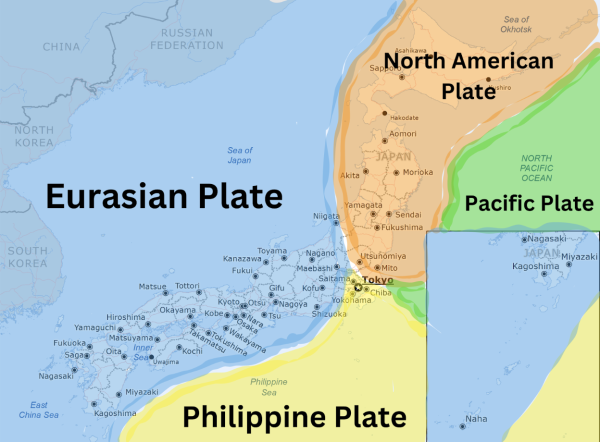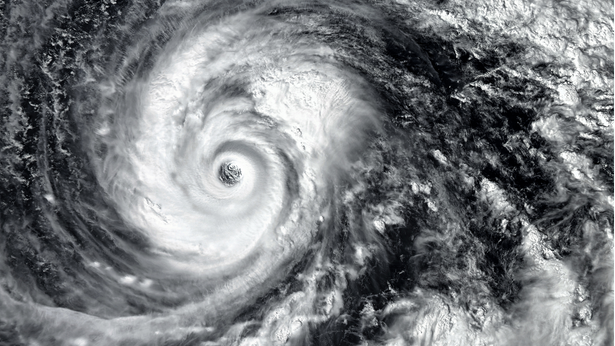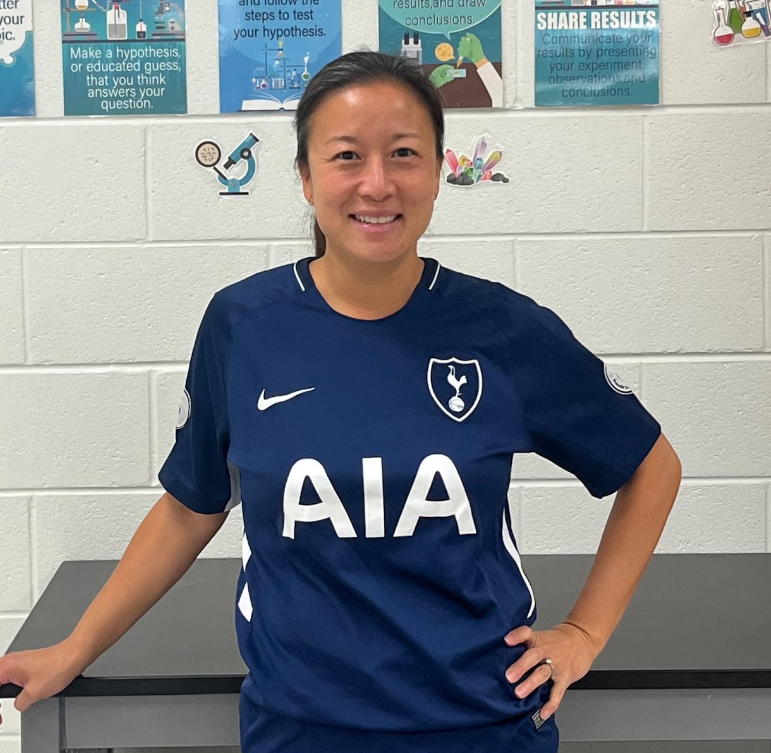On January 1, 2024, at 2:10 am EST, a 7.6 magnitude earthquake struck Central Japan, specifically near Suzu and Noto, Japan, within the Ishikawa Prefecture, creating devastating tsunamis, leaving people displaced, and destroying infrastructure. It should be noted this earthquake is the most extreme to hit Japan since the 2011 Tohoku Earthquake. These tsunamis have created deep floods, loosening of soil, which creates deadly landslides across Japan. Additionally, this earthquake had a widespread impact across the western coast of Japan, most notably within the following prefectures: Ishikawa, Toyama, Yamagata, Tottori, and Hyogo, even reaching parts of South Korea.. Additionally, the earthquake itself created not only tsunamis but also over 1000 recorded foreshocks, which reached up to a magnitude of 5.5, which can cause significant damage on its own. The combination of these disasters has led to over 200 casualties within Japan. It is estimated that around 90% of infrastructure was destroyed within Noto and Suzu due to the earthquake, again leaving tens of thousands of citizens misplaced, missing, injured, or dead. Apart from the significant humanitarian disasters this caused, another important factor to investigate is the reason why this earthquake occurred and why these devastating disasters repeatedly hit Japan.

Why did this occur?
Throughout Japan’s history, even recently, there has been a surplus of earthquakes throughout the country, but why is that? The main reason this occurs is due to Japan’s location within the Ring of Fire, as well as above the tectonic plates of Earth. Japan sits on top of the meeting points of four major tectonic plates: the Eurasian Plate, the North American Plate, the Pacific Plate, and the Philippine Sea Plate. The interactions between these plates are what causes these earthquakes to form due to the energy released when the friction between the plates subsides. Additionally, these bursts of energy are what cause tsunamis to form, specifically when the earthquake occurs close to the ocean floor. In terms of the Noto Earthquake, according to USGS, the foreshock had a focal depth of 10 km, or 6.2 miles, which classifies it as a shallow focus, meaning it was relatively closer to the ocean floor than the majority of earthquakes. This is what created the numerous devastating tsunamis around Japan that day.
What is the importance?
Overall, this earthquake has caused major infrastructural and economical troubles across Japan, leaving many displaced. Despite earthquakes being frequent within Japan, this is the second major earthquake to hit Japan in fifteen years- normally, these large-magnitude earthquakes are much less frequent. With citizens within Miyagi, Iwate, and Fukushima prefectures still recovering from the Tohoku earthquake in 2011, this only adds more economic stress on Japan. These people affected by the disasters need supplies and funds to rebuild lost infrastructure. Donations can be given through the Japanese American Cross website, the Central Community Chest of Japan website, and through numerous other local charities. The Oakton Community can make a difference, even just by small donations; this will support the welfare of those devastated by the earthquake.
Links to Resources – Central Community Chest of Japan Donation









